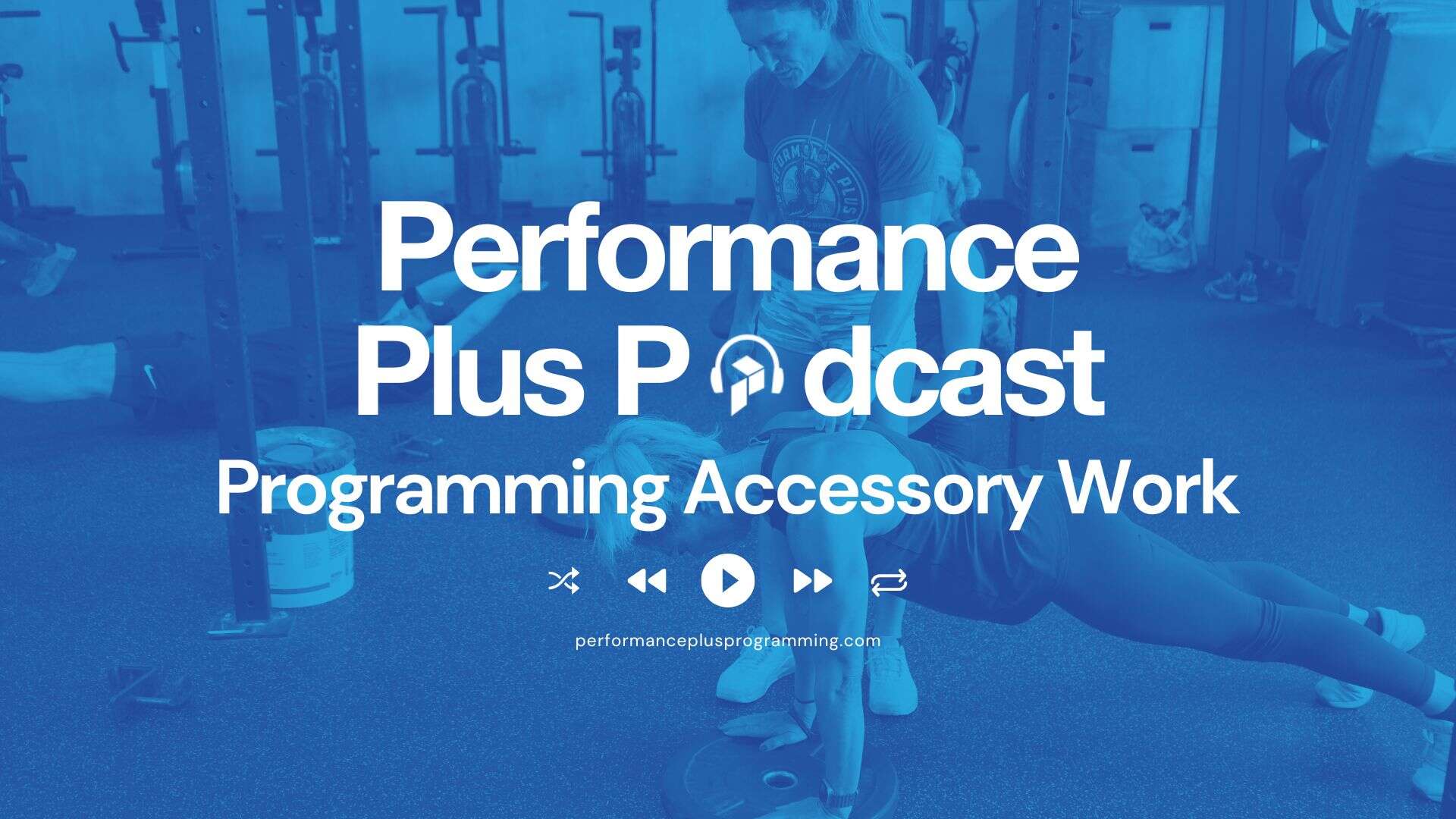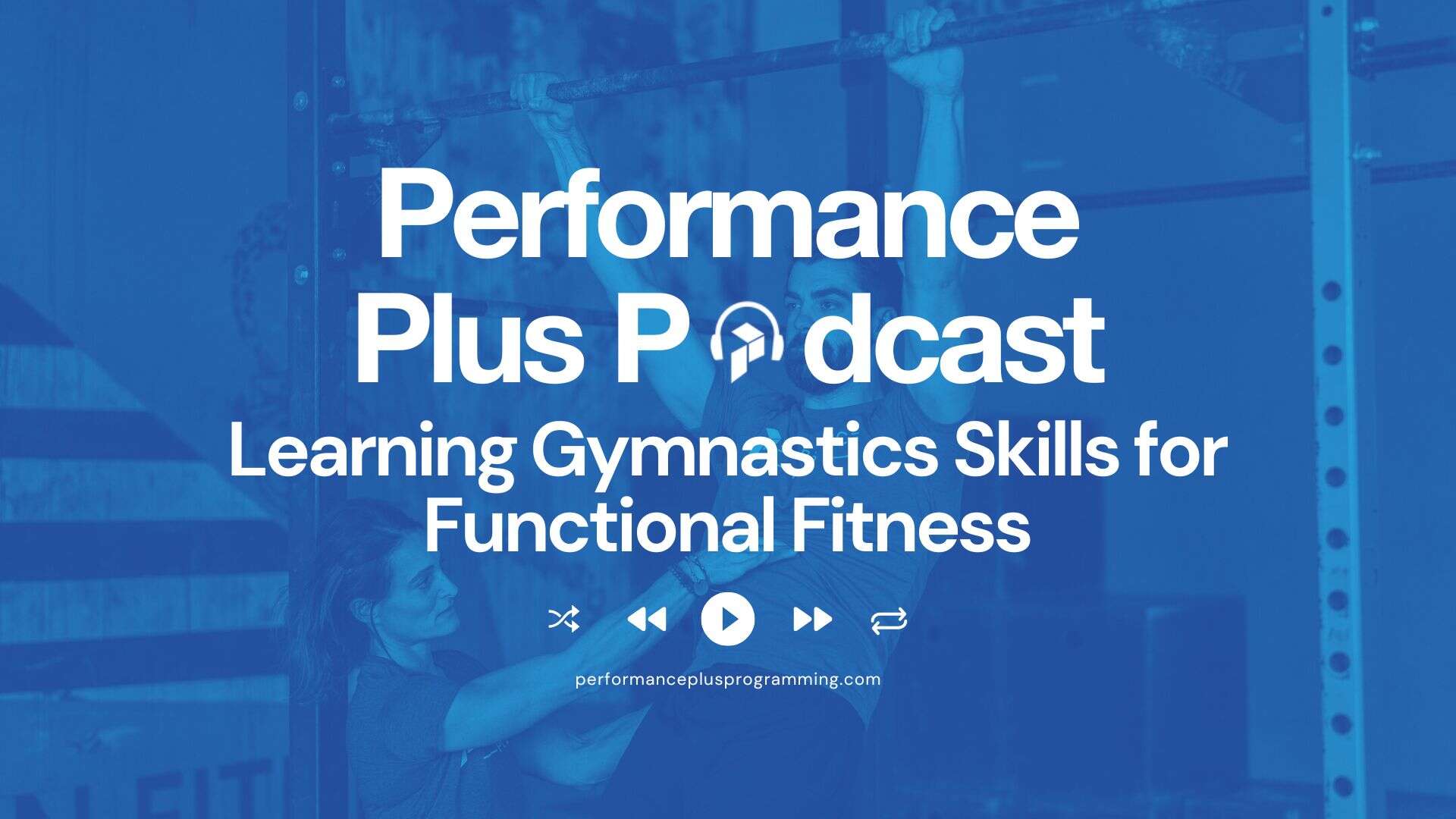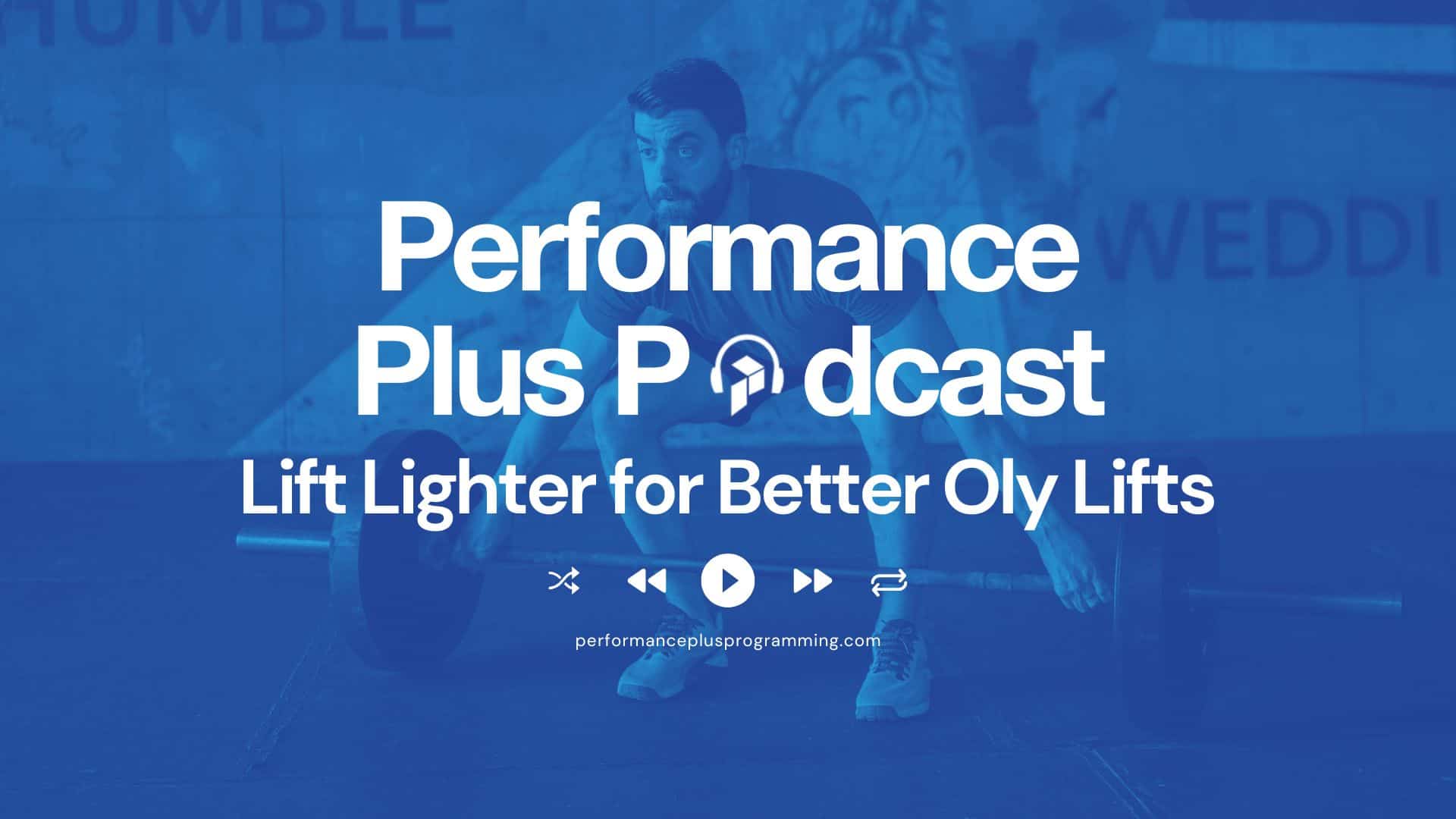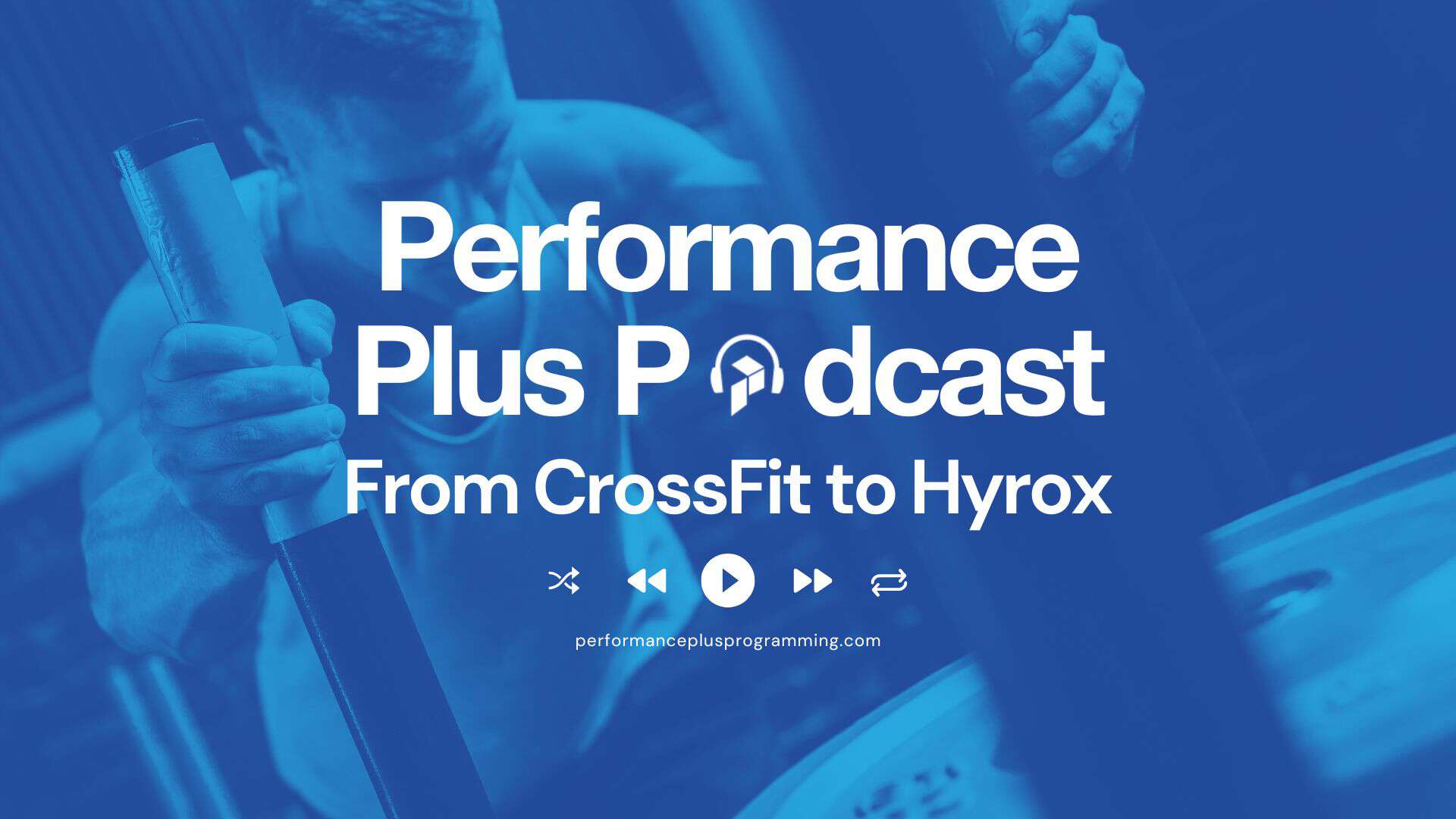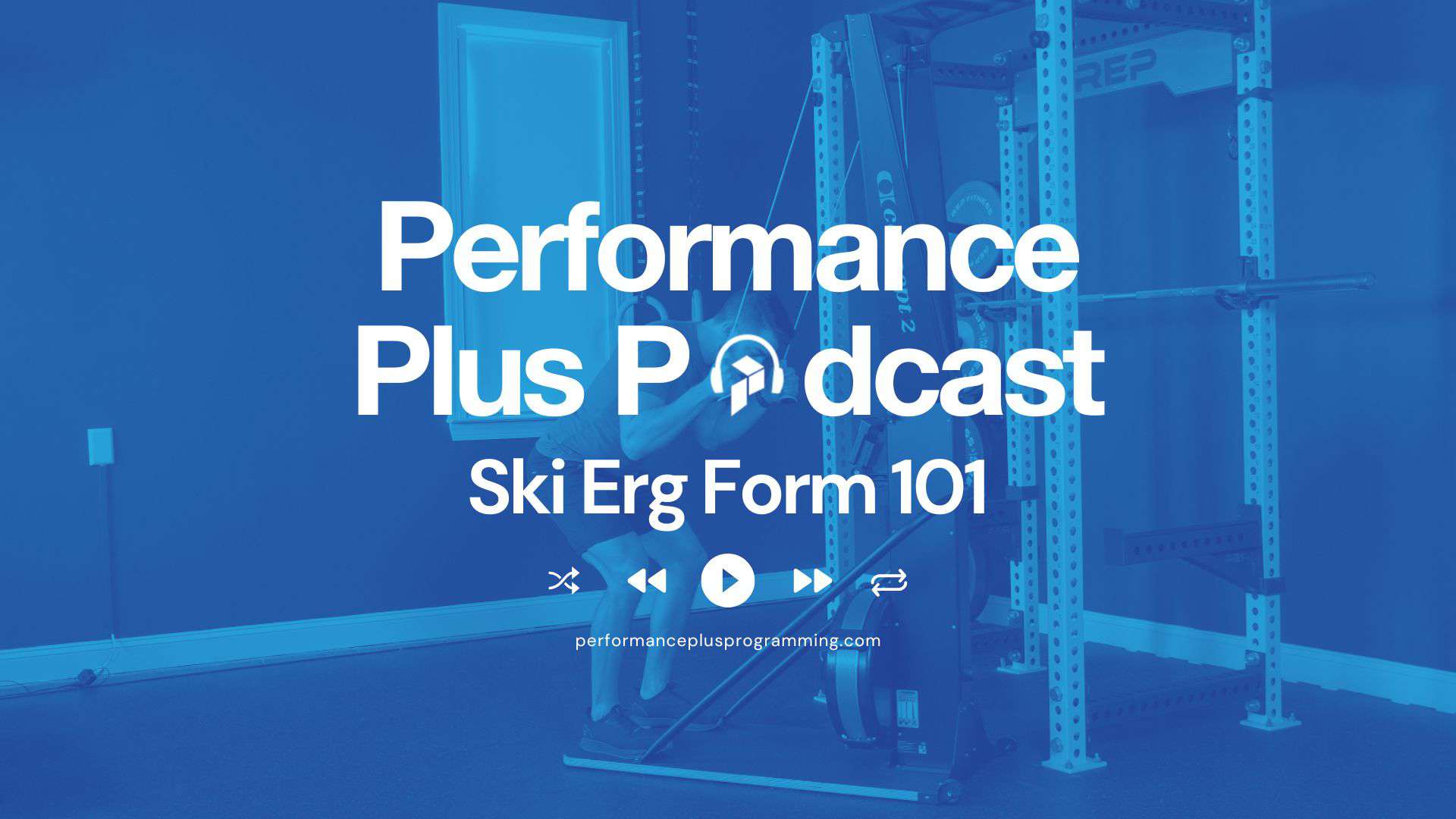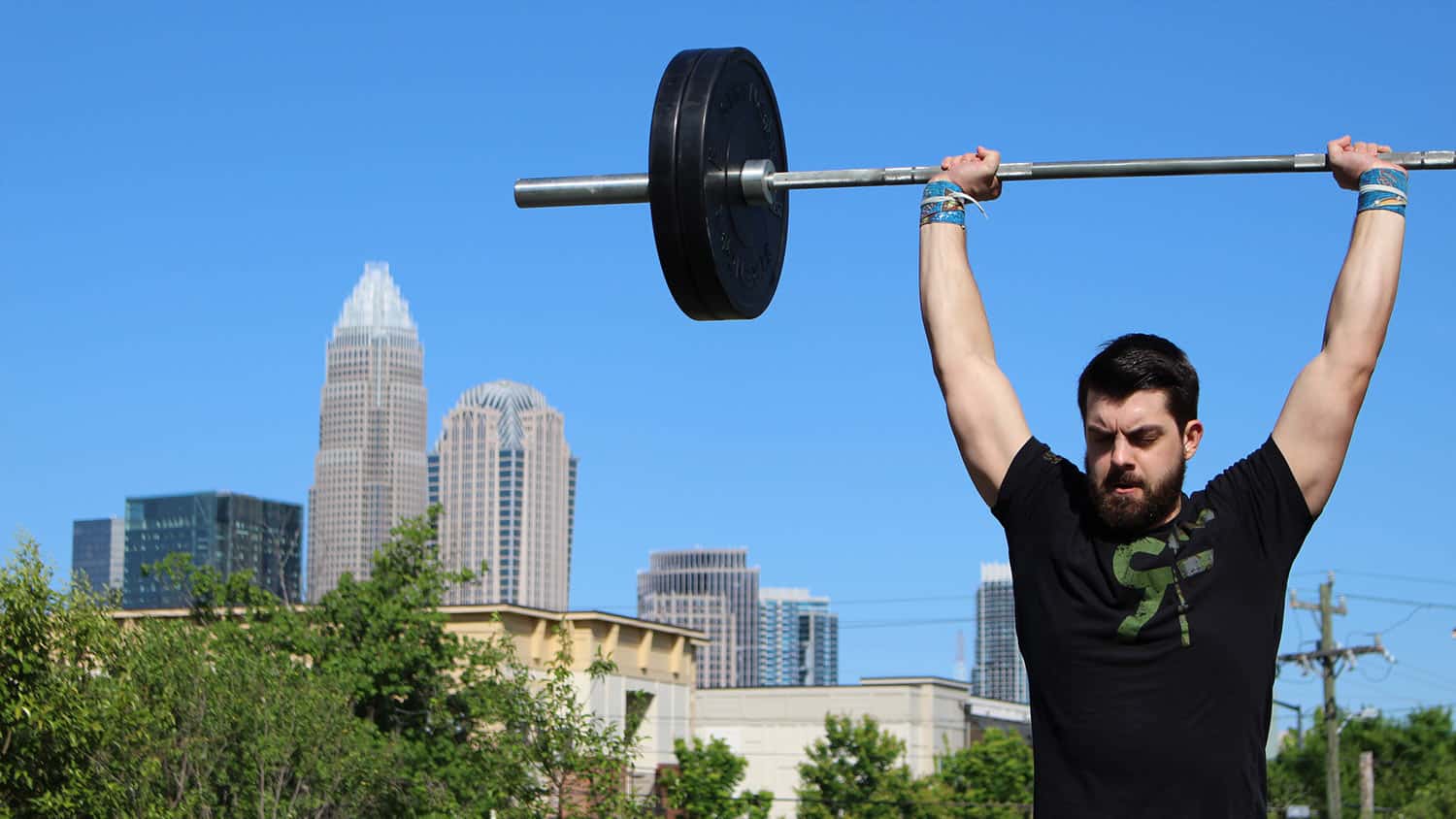
The Best Mobility Exercises
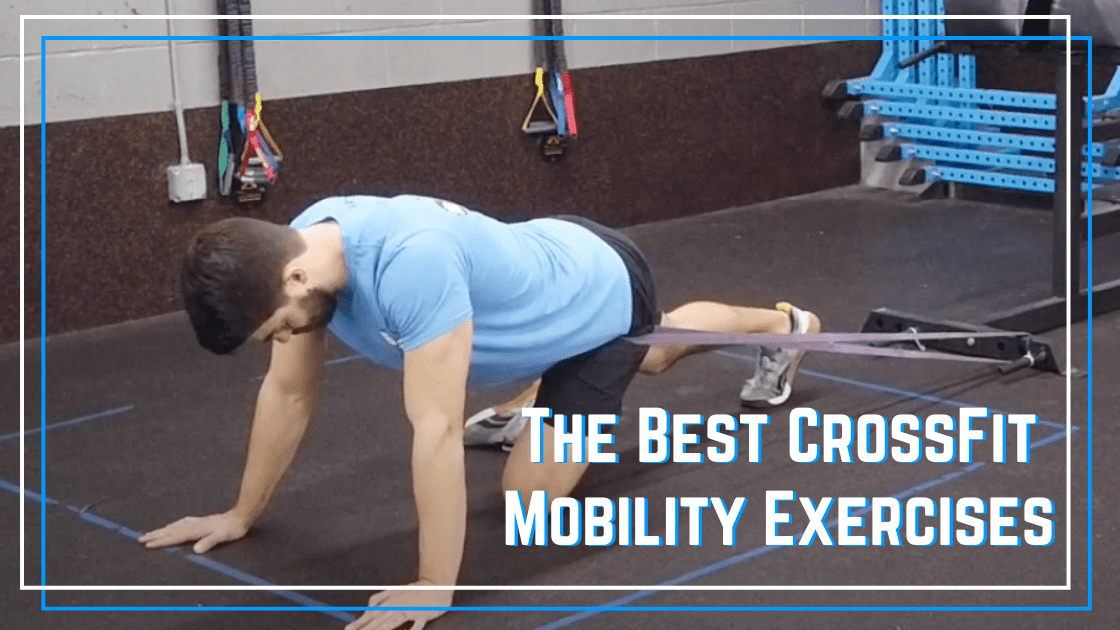
The movements performed in functional fitness gyms challenge the athlete from a mobility perspective as much as almost any other form of exercise. Rarely do gym-goers challenge the human body’s ability to move through maximal range of motion required for skills like the overhead squat, toes to bar, and muscle-ups. Because of that, many athletes understand the importance of including mobility exercises as part of their training.
At Performance Plus, we have helped thousands of athletes reach their fitness goals following our 40+ accessory programs. We’d like to share our most commonly prescribed exercises from our mobility programs with you.
Want more? Our “50 Best Accessory Exercises” eBook covers a wide range of movements to help athletes of all skills levels reach their fitness goals. Download that by signing up below.
Mobility Drill #1: Dorsiflexion PAILs/RAILs
- Who is this exercise for? This joint mobilization is great for athletes with limited ankle joint mobility impacting their squatting, Olympic lifts, running, etc.
- Technique: The athlete rests his or her chest on the thigh of the ankle to be stretched. This adds extra bodyweight to help push the knee over the toes. After stretching for 1-2 minutes, isometric muscle contractions will be performed to build strength into the newly acquired range of motion. Repeat this process.
Mobility Exercise #2: The Wedge
- Who is this exercise for? Athletes with limited ankle mobility impacting their squatting, Olympic lifts, running, etc.
- Technique: The athlete places a heavy resistance band around his or her hips which pulls the knees forward in the bottom of the squat. As the knees move, the elbows will drive the knees out laterally. This combination does a great job of wedging the athlete into better squat positioning.
Mobility Drill #3: Hip Internal Rotation Mobilization
- Who is this exercise for? This joint mobilization is for athletes with hip joint mobility restrictions often only focus on stretching the hip into external rotation. But many athletes need more focus on internal rotation and will see great changes in hip function when addressed.
- Technique: A resistance band is positioned as close to the hip joint as possible as it pulls the joint laterally. The athlete then grabs his or her thigh and assists the leg as it repeatedly internally rotates.
Posterior Capsule Stretch
- Who is this exercise for? Athletes with hip stiffness into either external rotation or flexion limiting movements such as the squat or hip hinge moves.
- Technique: The athlete begins on all fours then slides back the leg that will not be stretched. Take the targeted leg and move the foot inward to externally rotate the hip. Next, the hips are shifted towards the stretched leg while keeping the pelvis parallel to the floor. Finally, sit back while keeping a tall spine until a deep stretch is felt in the posterior hip.
Eccentric Lat Stretch
- Who is this exercise for? Athletes with tight shoulders (specifically the lats) impacting overhead lifts and gymnastics movements.
- Technique: The athlete will lie on a bench with his or her hips flexed to 90 degrees. A PVC pipe with a light load will be held with palms facing upward and then slowly lowered all the way overhead. Pause a split second at end range before returning to the starting position for the next repetition.
Sleeper PAILs/RAILs
- Who is this exercise for? Athletes with tightness in the posterior shoulder will often have difficulty with good overhead mobility and keeping the bar close to the body during Olympic lifts.
- Technique: The athlete lies on his or her side with the elbow at the same heights as the shoulder. The top hand presses the lower hand towards the hips, producing a stretch on the back side of the shoulder. After stretching for 1-2 minutes, muscle contractions will be performed to build strength in the newly acquired range of motion. Repeat this cycle.
Thoracic Extensions on Foam Roller
View this post on Instagram
- Who is this exercise for? Athletes with a stiff upper back impacting their overhead position or contributing to neck and/or lower back pain should use this joint mobilization.
- Technique: The athlete positions a foam roller perpendicular to their spine. A light weight is held behind the head and legs are bent with the feet on a wall. Mobilize the upper back by arching the back over the roller.
Jefferson Curls
- Who is this exercise for? Athletes with a stiff lumbar spine or mobility restrictions in the posterior chain muscles.
- Technique: The athlete stands on the edge of a box holding a light weight. They will then tuck their chin to their chest and slowly roll the entire spine down as far as possible. Slowly reverse the direction to return to the starting position.
Banded Front Rack
- Who is this exercise for? Athletes who struggle mobility restrictions in the front rack.
- Technique: The athlete will rest one elbow on a barbell positioned at shoulder height. They will hold one end of a resistance band in that hand with the other end wrapping around their foot. As the foot presses down on the band, the hand will be pulled to just outside of the shoulder while the elbow stays high.
Ready for more help improve your mobility?
Performance Plus has 40+ accessory plans to help improve all aspects of your performance including limited mobility. Join today and crush your goals!
